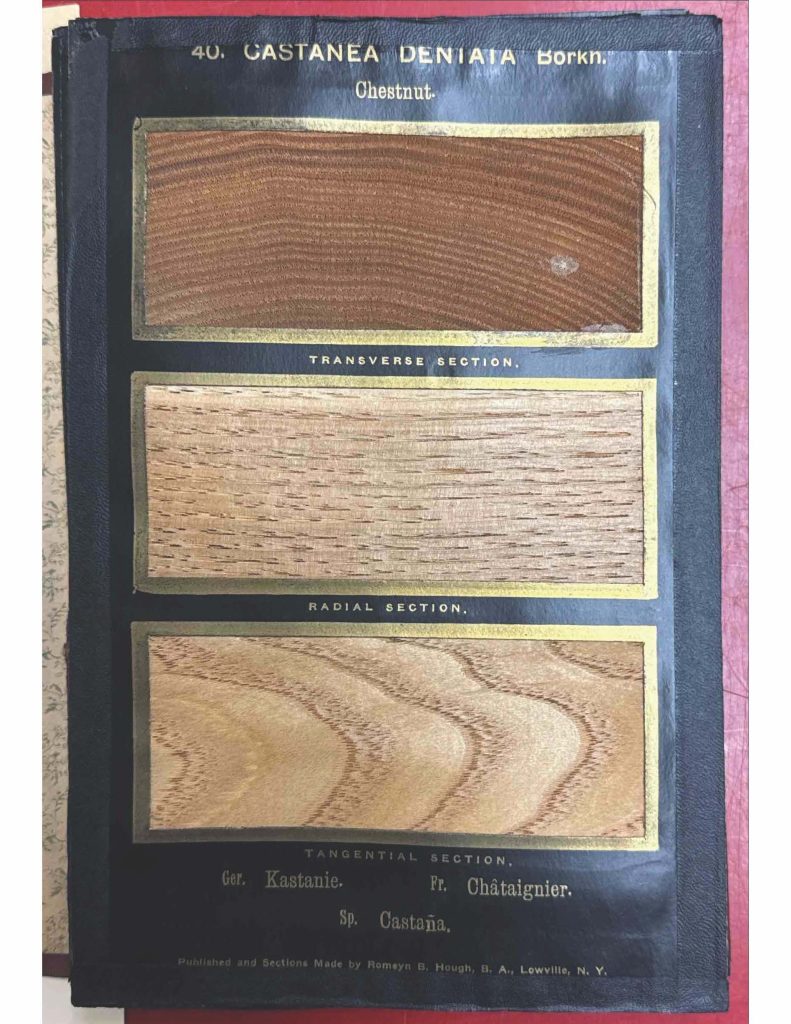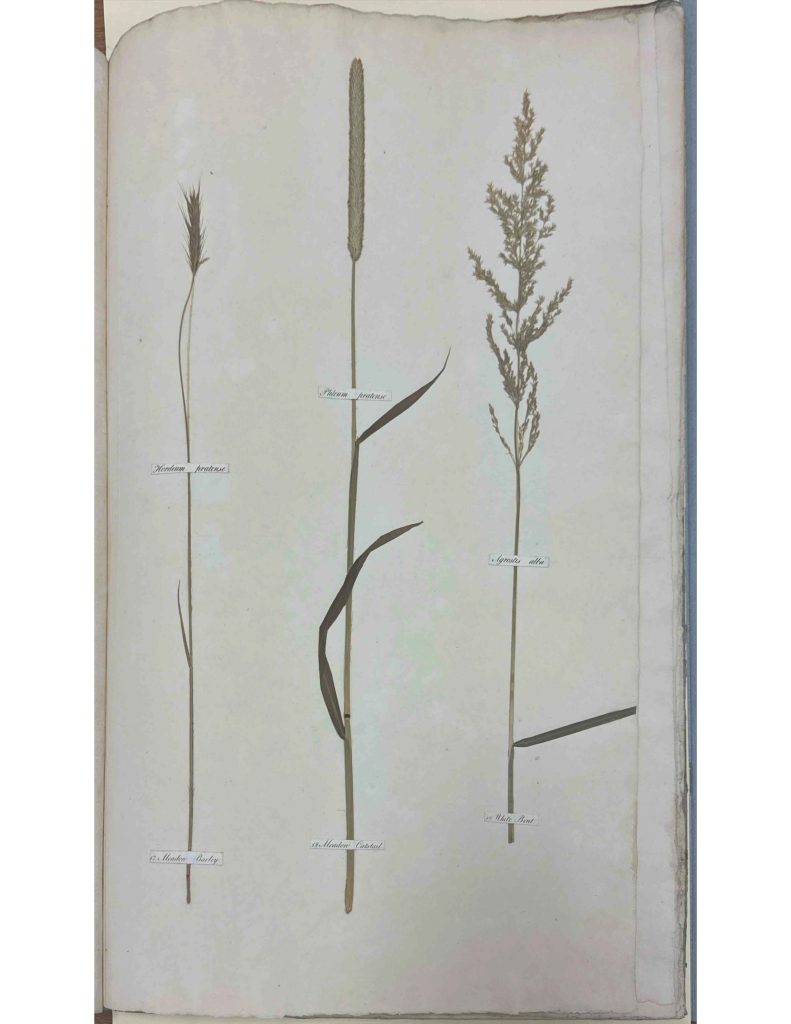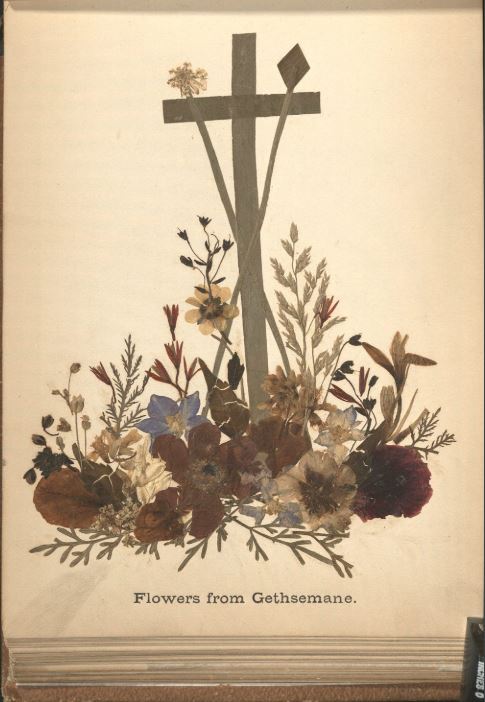Haunting Humanities and Early Modern Monstrosities
October 27th, 2025What makes a monster, well, monstrous? Monsters carry the fears of the people that create them, tapping into existential dreads and cultural tensions to flay our superficial defenses and expose the weak societal organs and vulnerabilities beneath. Today, our monsters array from the cannibalistic and supernatural vampires of Sinners to Barbarian’s brutal, lonesome and pitiable Mother – and the movie’s true monster, a landlord.
In the later Middle Ages, however, monsters sometimes played a more ambivalent role than violent antagonists. The word “monster” derives from the Latin “monēre” or “to warn, to admonish.” These monsters embodied omens or manifested God’s admonishment of human behavior, inviting conscious and deliberate analysis and contemplation on their meanings. So-called “monstrous races” were born from tales and anecdotes of human and human-like peoples born in far-off lands, repurposing anecdotal entrails from the Bible and classical authors like Pliny the Elder into haruspices of divine interpretation. They were frequent subjects of fascination and debate for their meanings, paired with prodigies and marvels as the myriad ways that God’s will manifested in nature and the real world, as well as theological debates as to whether such races possessed souls and could be converted to Christianity.
Konrad Lykosthenes was one such interpreter, a humanist and encyclopedist who sought to sew together a comprehensive history of signs, prodigies, and portents from biblical times into his own modernity with his Prodigiorum ac ostentorvm chronicon [Chronicle of Prodigies and Signs]. He built a body of text from the limbs of other historical and contemporary sources onto which he sutured his own interpretations. These portents included everything from natural disasters like earthquakes to the appearance of mythical and monstrous creatures, as well as so-called “wonders,” “marvels,” and “monstrous” births. His work proved sensationalist and popular, a theological treatise that leaned lurid and sometimes traded on the grisly and gruesome to appeal to a wider audience.

By the end of the sixteenth century, science and medicine had pierced their talons into the tender underbelly of the study of monstrosities, clawing it away from the sole purview of priests, philosophers, and theologians. With that shift, natural historians like Ulisse Aldrovandi and physicians like Fortunio Liceti dissected the meanings of monstrosities not as reflections of divine will or intent, but as natural phenomena that could be classified and analyzed under the newly invented microscope.
Ulisse Aldrovandi sought to document all forms of nature, collecting a cabinet of curiosity with over 7,000 specimens – including an alleged and infamous dragon, likely fabricated by grafting together the stuffed carcasses of other animals. From those studies and collections he wrote over 400 volumes on everything from mollusks to metals. Monsters were a natural inclusion, and thus was wrought his Monstrorum Historia, the eleventh of a fourteen-volume encyclopedia. It bled together what we today treat as unequivocally monstrous creatures – centaurs and satyrs – with concepts that today we might conceive as mere medical conditions, such as neurofibromatosis or hypertrichosis, transplanting alien viscera of exotic monstrosity into the hollow body cavity of the reader’s imagination and understanding of nature. Aldrovandi’s amalgamation of monstrous creatures, humans, and hybrids reflected an ambition to reflect a complete and total natural history of monsters in parallel to birds, fish, and all of the natural world, rather than flensing the impossible from the plausible like extraneous fat from muscle and meat.

In De Monstrorum causibus [On the Causes of Monsters], Fortunio Liceti, meanwhile, purported to analyze monsters not only as a phenomena born from nature – or “nature’s mistakes” or even its jokes and pranks – rather than divine will, but also sought their causes and their taxonomic classifications a landmark in teratology – the study of monsters which today has come to mean the study of congenital birth defects. The modern conflation is no accident, as Liceti’s work treats them as one and the same: monsters were born, not made, and his work discusses everything from dog-headed humans to conjoined twins, framed in antithesis to the ideal or perfect human body that was increasingly the focus of medical study.
Liceti described monsters not as warnings or admonishments but as “showings,” claiming that the term derived from “monstrare,” or “to demonstrate or show.” His examination of “monsters” demystified them and challenged the portentous interpretations of monstrosities that deemed them a reflection of the wrath of God upon the parent or their community writ large. This metamorphosed monstrosities into something not inherently ominous or harrowing but still oozing with interpretations.

As we examine historical horrors, it invites a vivisection of our own insecurities and fears, to peel back the flesh of our society and examine the sinews beneath that tie together our own identities: What do we think of as monstrous, and why? When does humanity itself become monstrous? And when something goes bump in the night, what are we really afraid of?
All of above books will be on display at this year’s Haunting Humanities event this Wednesday, October 29th, 5:30 to 9pm at Abe and Jake’s Landing (800 E. 6th Street), together with an array of horrifying, prodigious, and compelling activities, including a monstrously-themed escape room in a box, coloring pages, Rare Book Bingo, monster reviews, and more. Come contemplate the meanings of monstrosity with us and walk away with your own nightmares to divine.
Eve Wolynes
Special Collections Curator

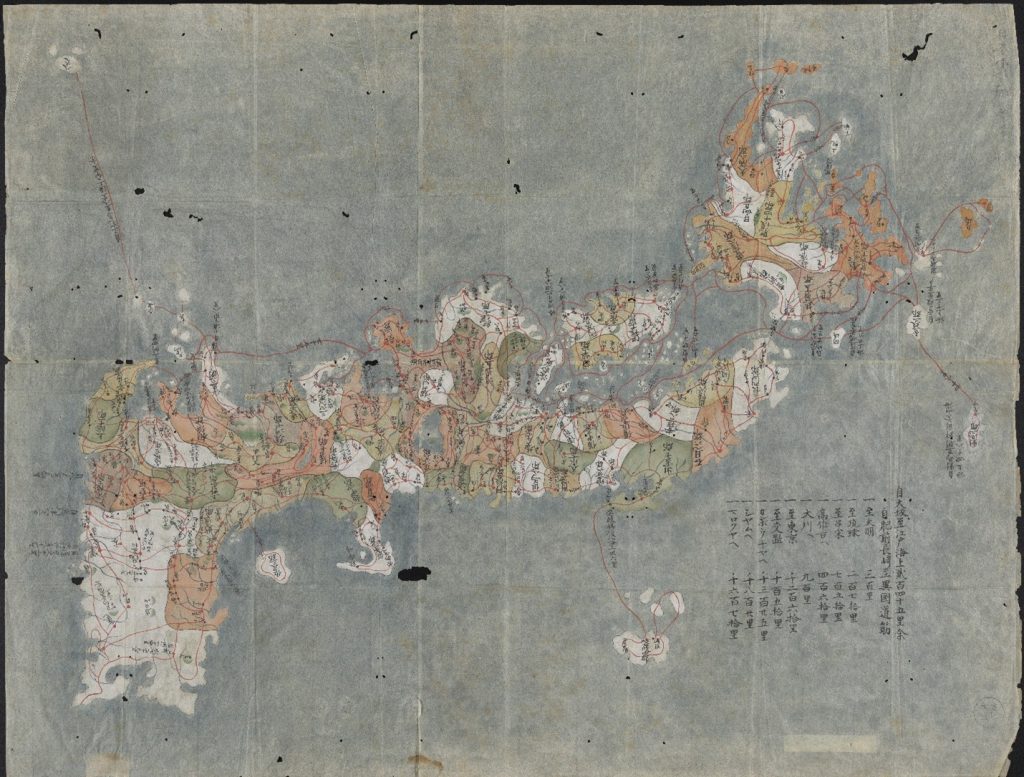
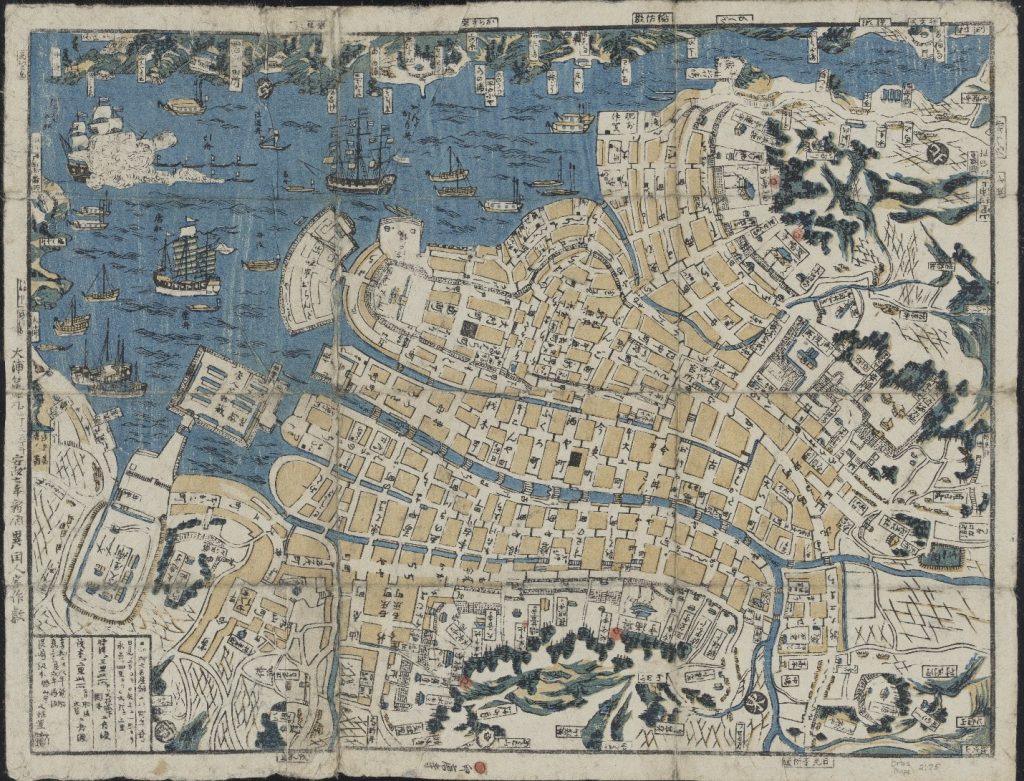
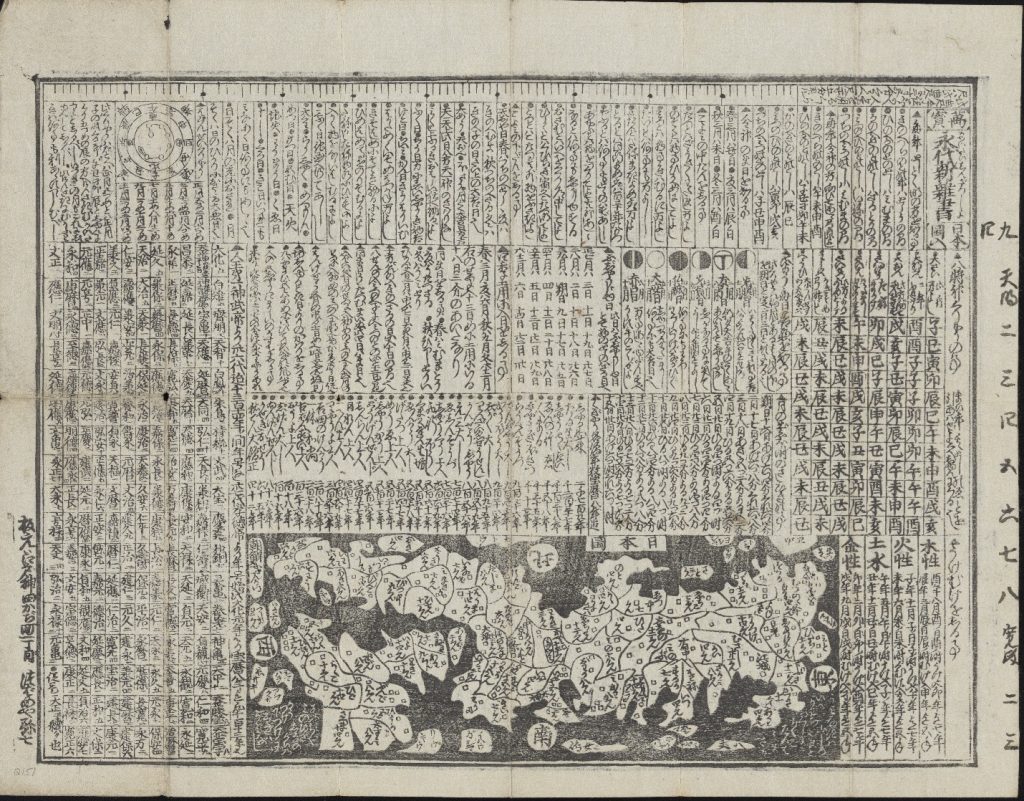
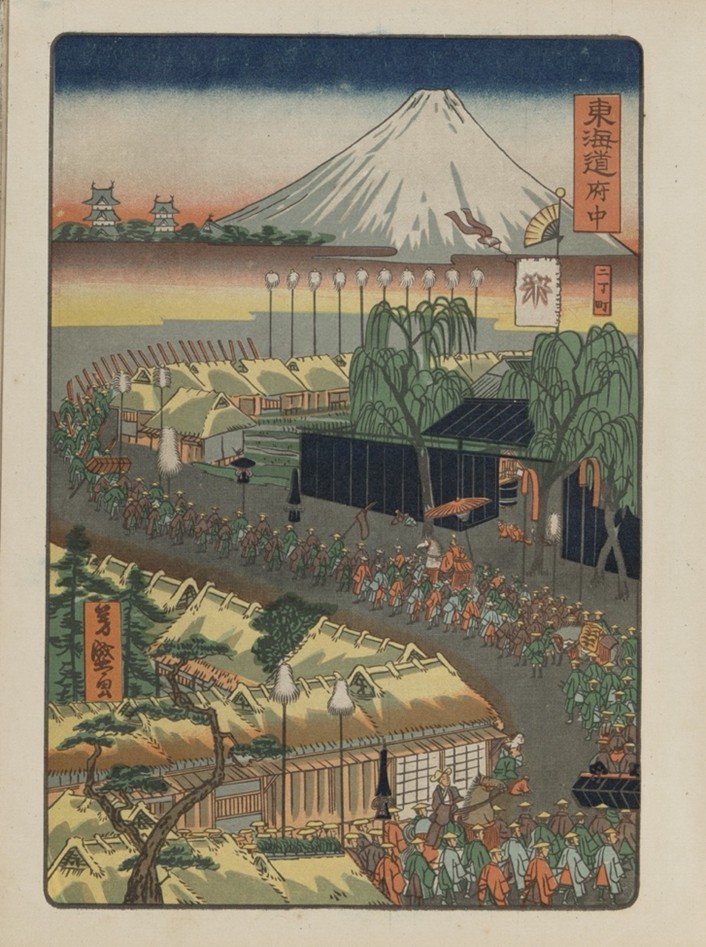



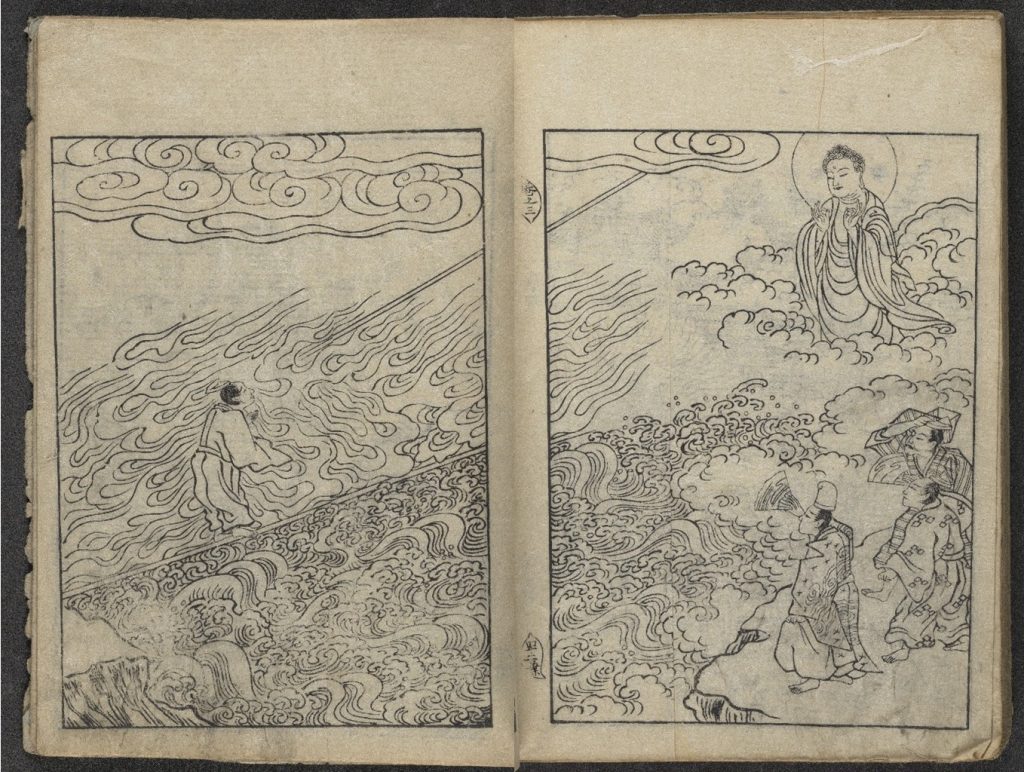
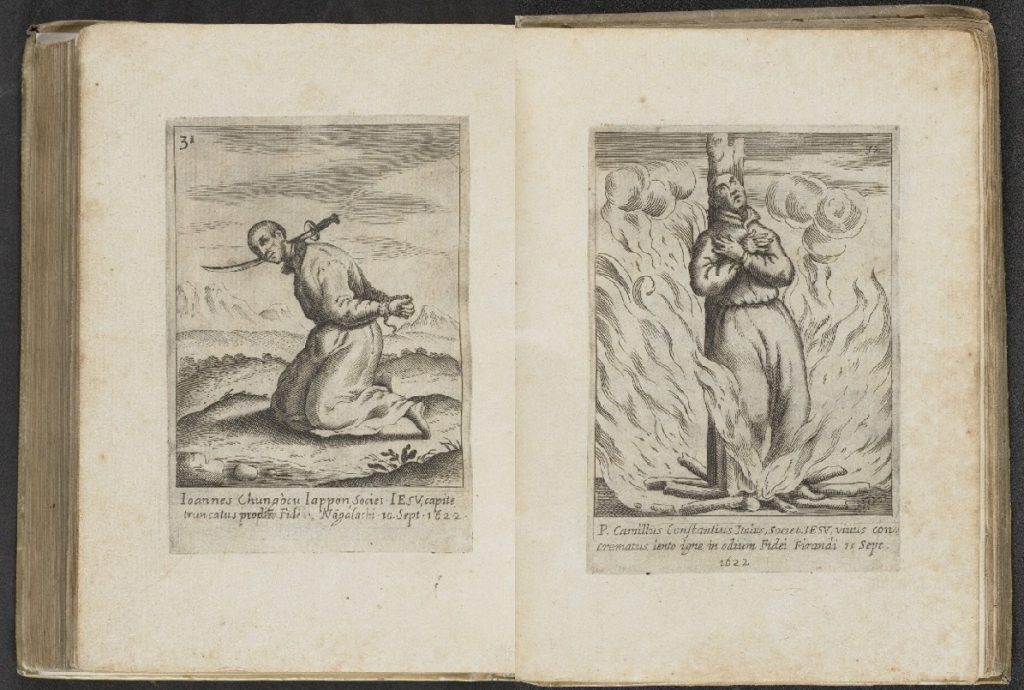

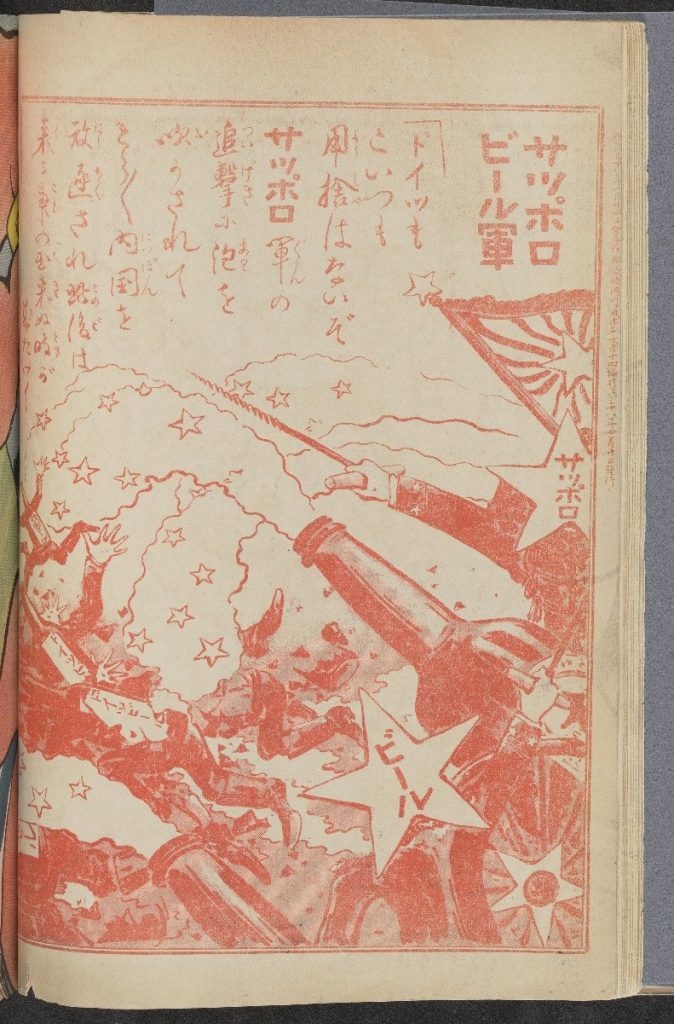
![Image of a plantlike figure representing the Buddhist deity Avalokiteshvara in Gedenkwaerdige gesantschappen der Oost-Indische maatschappy in’t Vereenigde Nederland, aan de kaisaren van Japan (Atlas Japannensis [Japanese Atlas]).](https://blogs.lib.ku.edu/spencer/wp-content/uploads/2025/08/Picture11-1024x899.jpg)
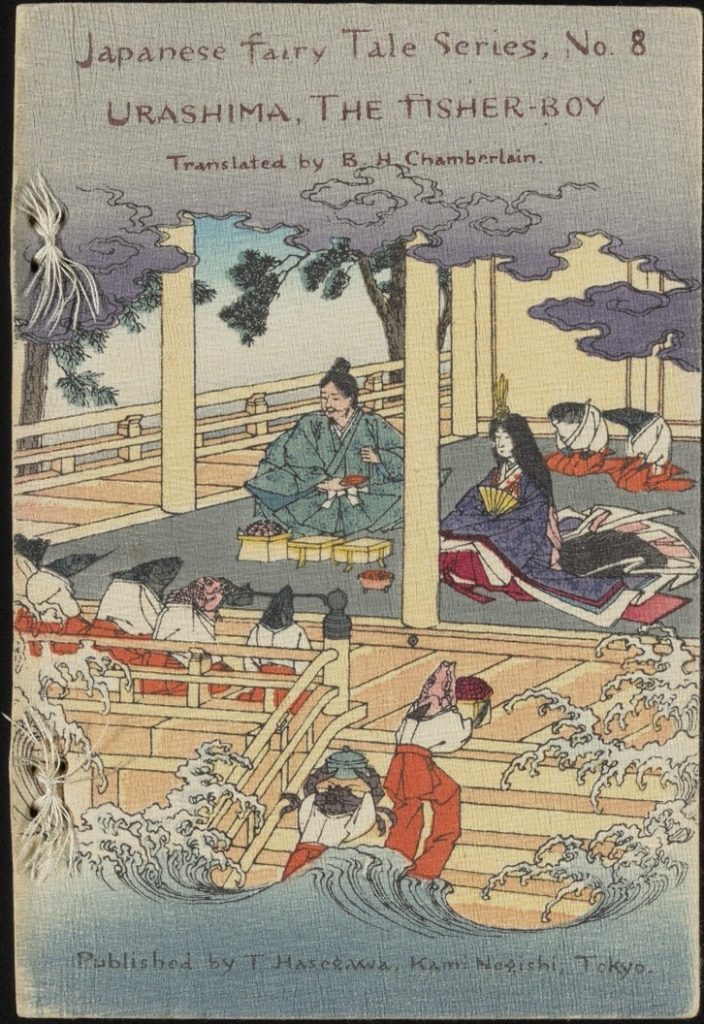
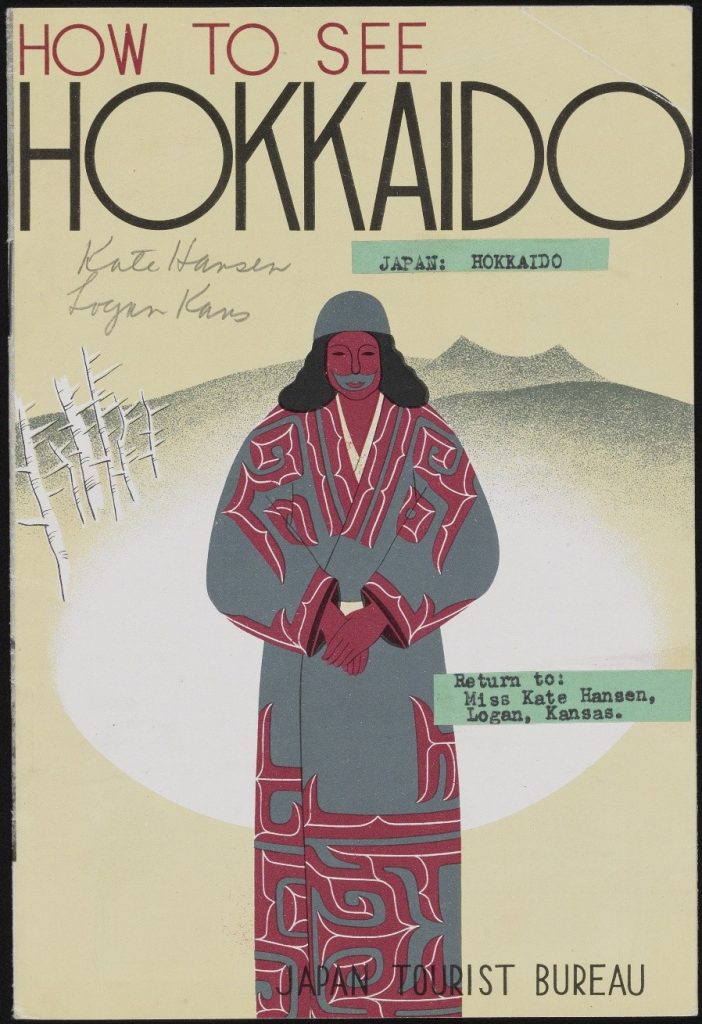



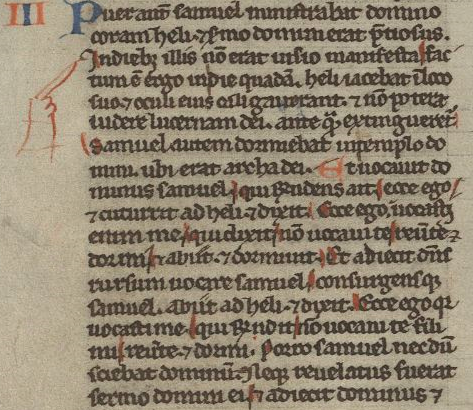

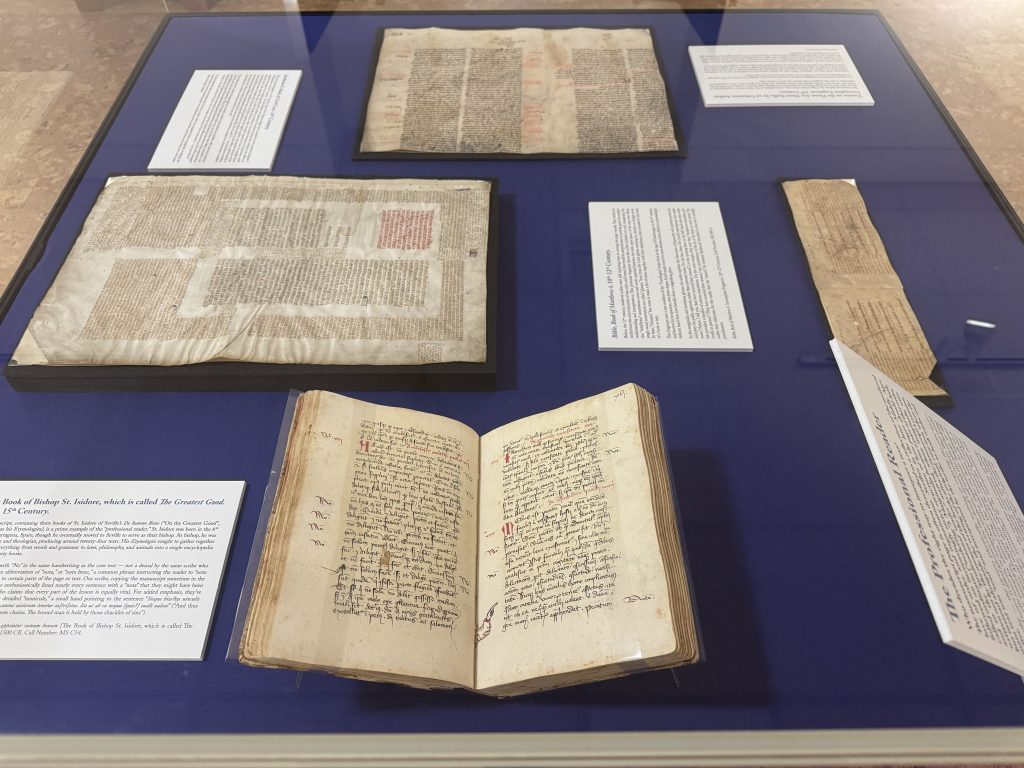
![Image of a detail from a manuscript copy of Lactantius’ Divinae Institutiones [The Divine Institutes], Italy, ca. 1400-1500 CE., with manuscript notes in the margin.](https://blogs.lib.ku.edu/spencer/wp-content/uploads/2025/03/Image-2-MS-C61-1024x405.jpg)
![Image of doodles of faces in the margins of Spencer's manuscript copy of Ordinatio totius officii divini secundum usum monasterii Beatae Mariae de Belgentiaco. [A Complete Order of the Divine Offices According to the Use of the Monastery of the Blessed Mary of Beaugency.]. France, 1400-1500.](https://blogs.lib.ku.edu/spencer/wp-content/uploads/2025/03/Image-3-MS-B15-1_red.jpg)
![Image of manuscript marginalia, including an image of a bat, in the margins of a 1540 printed copy of De verissimis temporum signis commentariolus [A Small Commentary on the Most Accurate Signs of Weather/Seasons], by Agostino Nifo.](https://blogs.lib.ku.edu/spencer/wp-content/uploads/2025/03/Image-4-MS-B75-p45.jpg)
